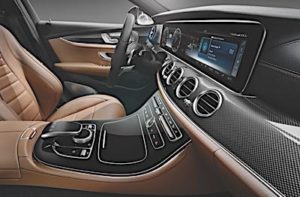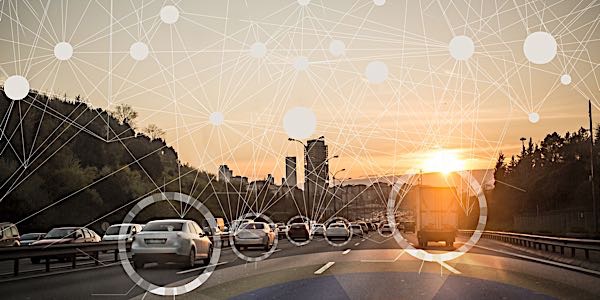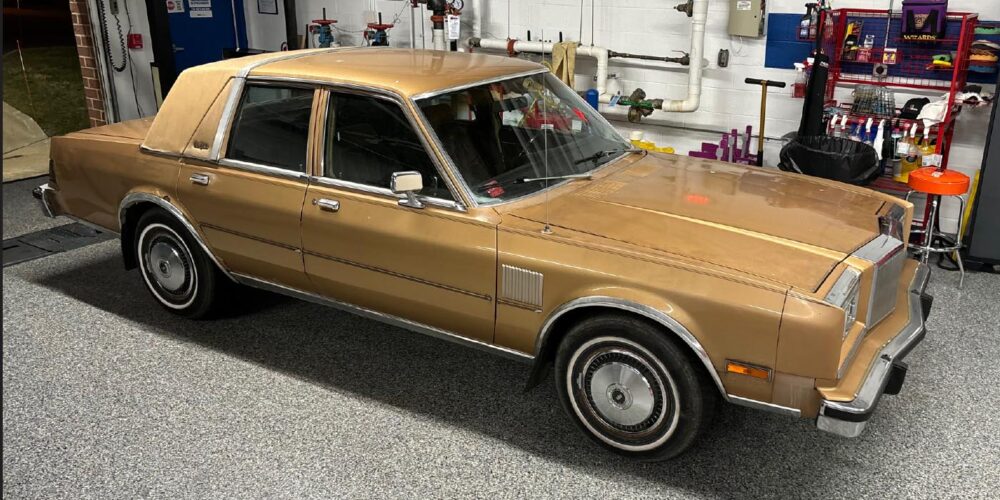Artificial intelligence, or machine learning, is one of the hottest topics in the tech industry right now, and it is certainly spilling over into the automotive world. If the idea of artificial intelligence brings to mind Sarah Connor running from a huge A.I. cyborg who would later become California’s governor, don’t feel alone. Many individuals have trepidation about machines that are getting smarter at an exponential rate and are being taught how to think for themselves.
If we look at this situation in a different light, machine learning is experiential computer programming. In a vehicle, we have tons of sensors that simulate human senses in one way or another. We also have controls and inputs that now have sensors — like steering angle, brake pedal pressure, cameras and other biometric sensors — that are designed to watch and see if we may be tired, stressed or experiencing road rage.
With all of these sensors influencing the way we drive, it seems only logical that we could take these inputs, record them and analyze situational awareness, road conditions and the time of day to gather information on how human drivers react to variables encountered on the road. In this way, the vehicle could learn how to drive well from good drivers and know which situations to avoid from bad drivers. The desired outcome would be to reduce crashes, or at the very least, reduce the severity of crashes.
If all of this learning occurred inside of a closed ecosystem (e.g., the sample size of a single vehicle), it would not be very effective. Imagine what would happen if you had a whole family of bad drivers the vehicle was learning from? In this scenario, how would the impressionable new car ever learn to make it in this big-bad world if there were no good drivers to teach it how to successfully navigate the road?
Cue Big Data. Still some years off, faster mobile services like 5G will have exponentially higher bandwidth to handle what some experts suggest could be 15,000 data points, or PIDS, that vehicles have to contend with. The result would be a car that generates around a terabyte of data per day. This data could then be analyzed to get us the big picture answers as to what separates good and bad driving habits. Of course, you can make the leap that in the future, autonomous vehicles will simply have this type of data pre-programmed to survive on the streets with human drivers.
In the short run, we do not have this level of Big Data available to be utilized yet. Despite the origins of V2X technology that allows vehicles to communicate with one another and receive and transmit data on dangerous road conditions, we are just beginning down the road toward machine learning. An example of this is seen with the Mercedes-Benz 2017 E Class. While this vehicle can only communicate with other such models at this point, this technology will eventually catch up to the vehicle population at large to help protect our roads.


This does not mean that the Wi-Fi or 3G and 4G systems out there currently cannot provide some help in allowing vehicles to more safely navigate our streets. It does mean that adaptive response is not on the immediate horizon.
The future of automotive A.I. can be a bit imposing to think about. But, the idea of machine learning or artificial intelligence riding along with you to learn and assist in your driving performance should be nothing new. In my case, I know I have had loved ones “helping” me to drive better for years. Now, does that classify as Level 2 Driver Assistance?














